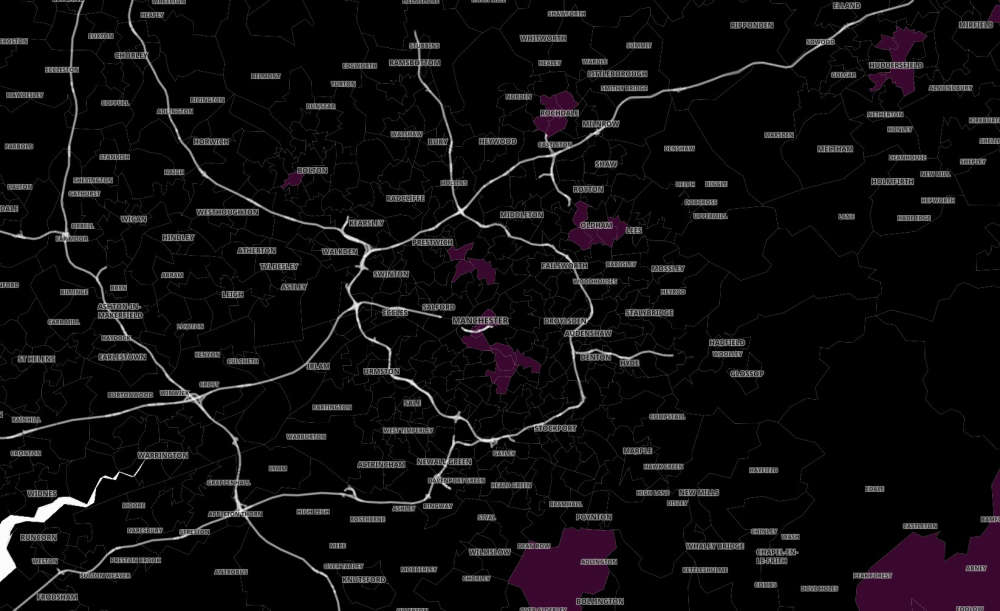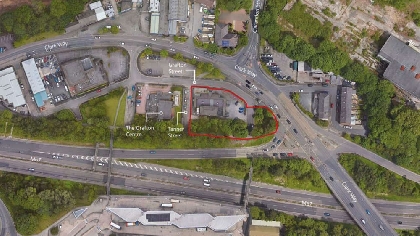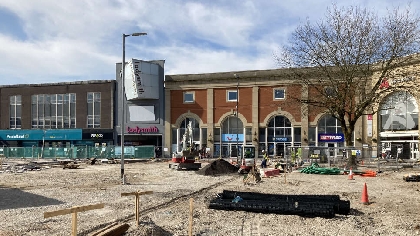
Covid-19 infections have sky-rocketed across Greater Manchester as neighbourhoods post record high case numbers.
The spread of the Omicron variant of coronavirus has seen infections in the region reach eye watering levels in recent weeks.
In Greater Manchester as a whole, the infection rate is now 2,232.6 cases per 100,000 of the population, compared to the national average of 1,821.7 cases.
A total of 63,308 people tested positive for coronavirus across Greater Manchester in the week ending January 5, the data reveals.
However some neighbourhoods are seeing local infection rates of more than 3,000 following the Christmas period.
The area of Ordsall and Salford Quays recorded the highest number of cases in the region with 459 people testing positive in the week to January 4.
According to the latest local data, the top ten local infection ‘blackspots’ for the virus are spread across Salford, Wigan, Tameside and Bolton.
Coronavirus ‘hotspots’ and ‘notspots’ can be revealed via an interactive map charting the number of positive Covid-19 test results in each neighbourhood across the country using government data.
It shows the number of infections per local area, broken down into neighbourhoods containing roughly 7,000 people.
The number of new cases is then used to calculate the infection rate per 100,000 people.
The data reveals that there are also no areas in the region where cases of the virus are now in single figures, and only one neighbourhood still in double figures with everywhere else recording cases in the hundreds.
In the week to January 4 the latest hyperlocal data shows the biggest hotspot was Swinton West in Salford.
It recorded an infection rate of 3,661.6, with 216 new incidences of the virus, an increase of 101 cases.
In second place is Swinton South East and Pendlebury West, also in Salford where there were 210 cases and the rate was 3,567.2.
Pemberton South in Wigan follows with a rate of 3,545, and 292 cases of Covid-19 being recorded – a rise of 138.
Standish North in Wigan is in fourth place with 217 new cases and a local infection rate of 3,537.7 per 100,000 people.
Next is Wigan Central, where the 274 weekly cases led to a rate of 3,490.4.
Stalybridge North in Tameside is in sixth place.
It recorded 202 new cases of Covid-19, totalling an infection rate of 3,353.8.
Leigh East and Higher Folds, in Wigan, had a rate of 3,338.3 in the week to January 4, with 293 people testing positive for coronavirus.
This was an increase of 140 new cases from the previous week, a 91.5pc rise.
In eighth place is the Salford neighbourhood of Winton and Westwood, where 244 cases of the virus were recorded.
This works out as a local infection rate of 3,332 per 100,000 people.
Dunscar and Egerton in Bolton is next with 241 cases, equalling a rate of 3,230.6.
Finally Wigan Marylebone and Bottling Wood, in the borough of Wigan, is in tenth place with 260 cases and a local infection rate of 3,189.4.
At the other end of the scale, Broughton Park in Salford has the lowest infection rate in the region, standing at 1,020.3 with 75 new cases.
It is followed by Fallowfield Central in Manchester with 13 cases and a rate of 1,079.9.
This was a rare drop of three cases from the previous seven day period.
In third place is the Manchester neighbourhood of University North and Whitworth Street, where 120 people tested positive in the week to January 4.
This equals a rate of 1,081.5 per 100,000 people.
Sedgley Park in Bury is next with 114 new cases and a rate of 1,177.1.
In fifth place is the Oldham area of Alexandra Park.
The 151 cases recorded there convert to an infection rate of 1,238.8.
Piccadilly and Ancoats in Manchester follows with a rate of 1,247.8 and 246 new cases of Covid-19.
However this was a drop of 26 cases from the previous week.
Rumworth North in Bolton is in seventh place with a local rate of 1,271.1, and 112 cases recorded in the week to January 4.
Deeplish in Rochdale also makes it into the top ten areas with the lowest infection rates with a rate of 1,302.2 and 130 new cases.
Wardleworth and Newbold Brow, also in Rochdale is in ninth place with 133 incidences of the virus, resulting in an infection rate of 1,317.4.
Finally Hulme and University in Manchester is in tenth place with a rate of 1,320.4 from 194 new cases.


 McDonald’s drive-thru plan shelved
McDonald’s drive-thru plan shelved
 Town centre becomes building site
Town centre becomes building site
 Tameside College students impress in GM skills competition
Tameside College students impress in GM skills competition
 No go to 8-bed HMO with 130 objections
No go to 8-bed HMO with 130 objections

